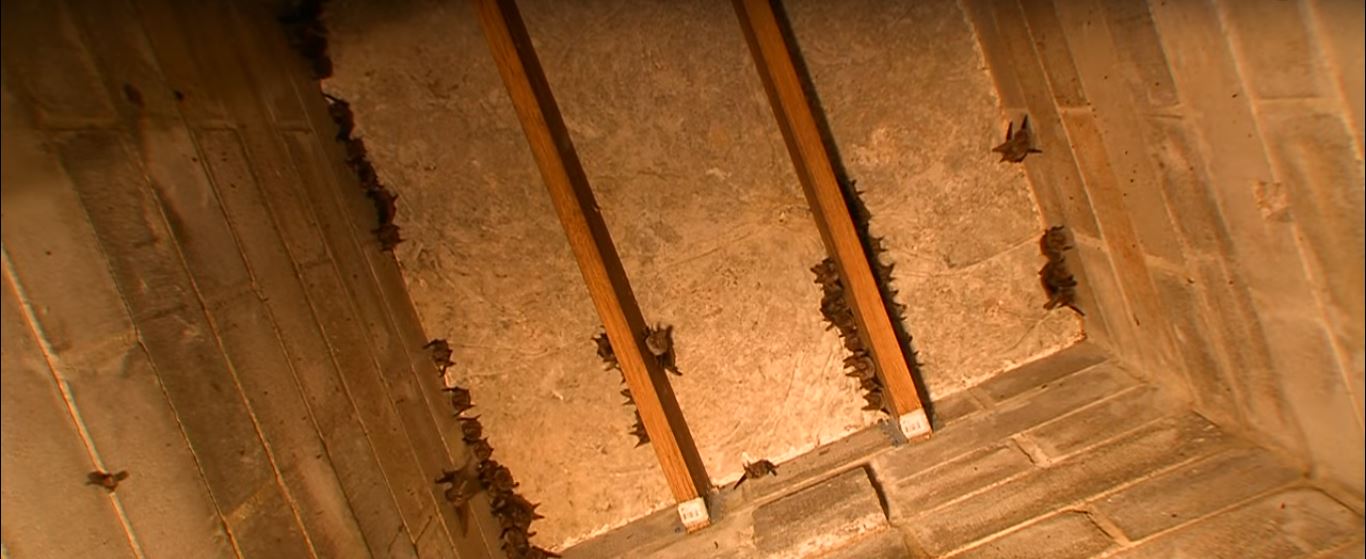Biology of Evening Bat
Evening bat is the Tacoma mammal which belongs to the family of vesper bats. These bats are natively belonging
from the North American continent. This bat is very small weighing only up to 15 grams. The most common
areas where it is abundantly found are the ones encompassing the mid western and Eastern parts of the
United States. In addition to this, these bats are also found in many parts of the northern Mexico.
There are many parts in these areas where evening bats are found abundantly but in many other areas,
they are considerably decreasing. These Washington bats roost in summers in the trees and rarely in the manmade
infrastructures.

Usually these Tacoma bats reside in the form of colonies. Most specifically these colonies are found in small trees.
The members in each colony can be up to 1000 and even more when these colonies are found existing in buildings.
Basically these bats are carnivores and most staple diet of these bats is insects of all kinds. There are
different classes of this bat family which are differentiated on the basis of the food they prey upon.
Most of the Washington evening bats feed on the insects like beetles, moths and many other insects of the same class.
Life cycle of Washington evening bats
Virtually there is not much known about the reproductive behavior and pattern of the evening bats. It has however
been studied that the reproductive behavior and pattern of the evening Tacoma bats found in American states is different
from the ones found in other temperate zones of the world. In almost all the species of this family, the breeding
among the bats occurs in the fall season. There is a long time span between mating and fertilization. This is
because right after transferring of sperms, the fertilization does not occur. Instead, the sperms are stored in
the female reproductive tract. The time of ovulation in females in during the months of spring season. Only
after the occurrence of ovulation, the sperms stored in the female body meet the egg and then fertilization
occurs. At a time two eggs are ovulated and then these eggs are fertilized simultaneously. This in the end
results in the birth of two young ones in the month of June. These babies require very little parental care
and only after the time of three weeks, they are capable of flying and finding their own food like insects.
Visit our Tacoma wildlife removal home page to learn more about us.

